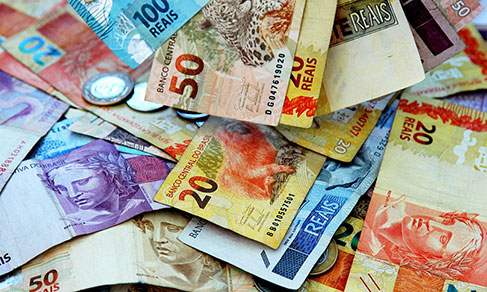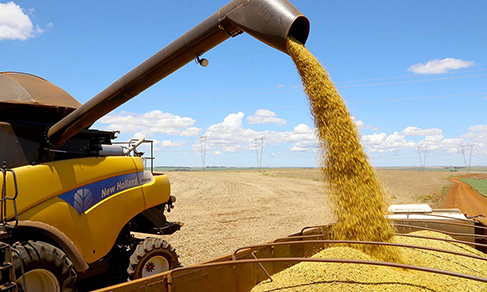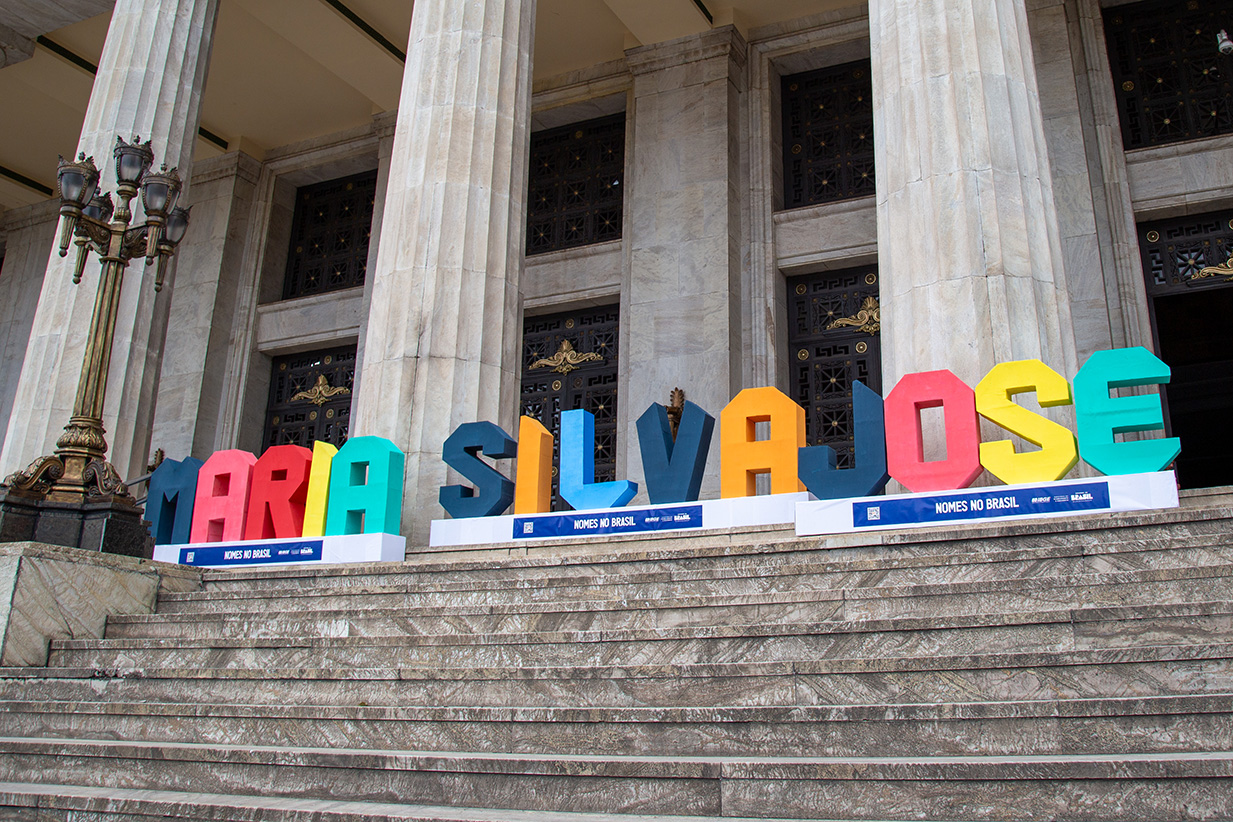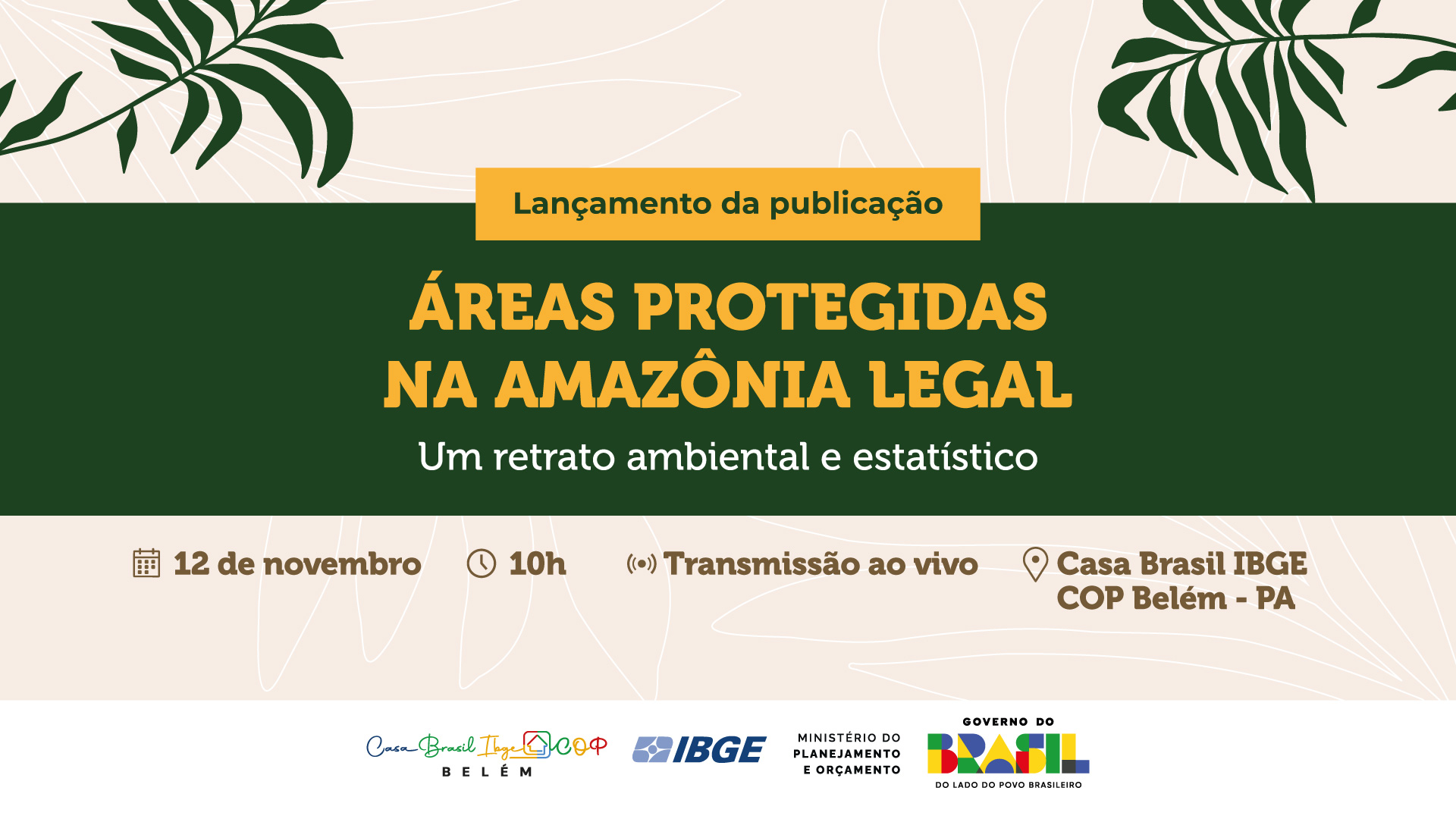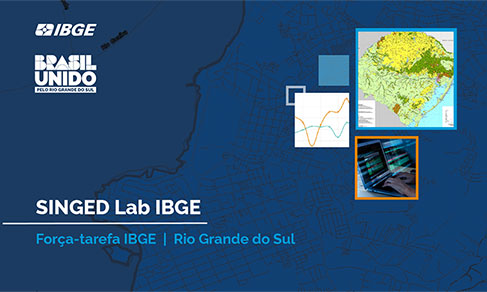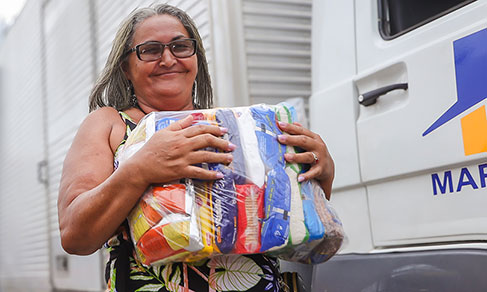PeNSE
Six of every ten students had tried alcoholic drinks in the pre-pandemic period
September 10, 2021 10h00 AM | Last Updated: September 17, 2021 04h44 PM
Highlights
- The percentage of students aged 13 to 17 that had already tried alcoholic drinks is 63.3%.
- More than one third of the students at this age range (34.6%) had tried at least a dose before 14.
- Of the students that tried alcoholic drinks, 47% declared having had some kind of drunkenness.
- The main way to get drinks was at parties (29.2%), or at supermarkets (26.8%).
- About 22.6% of students had tried cigarettes. For 11.1%, it happened before 14 years old.
- 28.1% had drunk t least a dose in the 30 days prior to the survey.
- 13% of the students had tried some kind of illegal drugs, as marijuana, cocaine, crack and ecstasy.
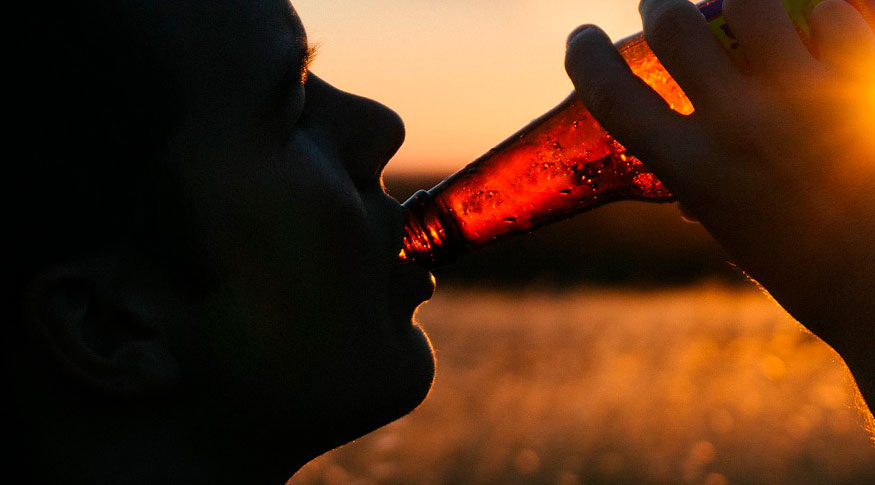
Nearly 63.3% of students from public and private schools aged 13 to 17 have already tried alcoholic drinks and more than one third of them (34.6%) had at least one dose before the age of 14. Girls are more exposed to this early initiation: 36.8%, against 32.3% among boys. Data are from the 2019 National Survey of School Health (PeNSE), released today (September 10) by the IBGE.
The survey portrays the health of students in all country regions and approached topics as violence, mental health and substance use. Data refer to teenagers’ reality before the Covid-19 pandemic, whose social isolation measures and distance from the school’s physical environment might have worsened the situation.
For the survey manager Mr. Marco Andreazzi, the use of alcohol in adolescence is related to future health problems and enhances the chance of abuse at adulthood. “The secondary effects include kidney, liver, heart and brain development problems. The effects are very diverse and, the earlier the use, the greater the risk of chronic degenerative diseases that come as a result of long-term use”, he says.
Among the students that tried alcoholic drinks, 47% reported drunkenness. This percentage was greater among private school students (47.6%) than among those of private schools (43.4%). About 15.7% reported problems resulting from drinking, as conflicts with family or friends, missing classes or getting into fights.
According to the analyst, abusive consumption, another aspect surveyed in PeNSE, is directly related to the episodes of drunkenness reported by students. Abuse is defined by more than five doses for boys and four, for girls at one single occasion. A dose is equivalent to a glass of draft beer, a can of beer, a glass of wine, a dose of liquor (cachaça) or whiskey.
Among adolescents aged 13 to 17, 9.7% reported having had four or more doses at the same day. In this indicator, the South (12%) and the Central-West (11.1%) stood above the national average. Whereas North (7.0%) and Northeast (7.8%) registered the lowest percentages. About 6.9% of the students of this age group reported having had five doses or more in one day.
“There are two different aspects of the same problem: one relates to the frequency of use, against which control measures to prevent the use of alcohol among adolescents can be taken; another one is abuse, which is more dangerous and has strong effects”, says Mr. Andreazzi.
Recent use of alcohol was also investigated by PeNSE. Nearly 28.1% had drunk at least a dose in the 30 days prior to the survey. There was difference by age groups: the indicator ranged from 22.1% in students aged 13 to 15 and 38.9% among those aged 16 to 17. The analyst clarifies that, as years go by, adolescents develop different behavior patterns and have more opportunities and encouragement to try alcohol, tobacco and other drugs. That might explain the greater recent consumption of older students.
Among the issues approached was the use of alcohol by parents. More than half of the students aged 13 to 17 (58.9%) answered that either their father of their mother or both used that kind of substance, with higher percentages in the South (62.4%), in the Central-West (61.9%) and in the Southeast (61.5%).
Tobacco use
The survey also showed that 22.6% of the students aged 13 and 17 had already tried tobacco and, in this indicator, there was no significant difference between boys (22.5%) and girls (22.6%). Nearly 11.1% of students at this age group had smoked before they were 14 years old. PeNSE asked adolescents about their current use of tobacco - the same way it did for alcohol use. Nearly 6.8% of the students had smoked in the 30 days prior to the survey, with the greatest current use in the South (8%) and the lowest in the Northeast (4.7%).
Another aspect surveyed by PeNSE was the way of obtaining cigarettes and alcohol. Although the legislation prohibits the sale of those substances to those under 18 years old in Brazil, stores, bars, pubs, bakeries or newsstands were indicated by 37.5% as the places where teenagers got cigarettes. In relation to alcoholic drinks, most of students (29.2%) answered they got them at parties, whereas 26.8% said they bought them at supermarkets, 17.7% got them with friends and 11.3%, at home, with a family member.
“This shows that there are illegal acts related to the buying/selling of those products. PeNSE has other possibilities of answer to that question, but buying is the most common way of getting the substance. That means that the law is not being properly obeyed”, says the analyst, emphasizing the high number of students that try their first cigarette under 14 years of age. In the South, the indicator is quite distinguished by sex: 18% of the girls smoked before the age of 14, against 13.5% of the boys.
In addition to traditional cigarettes, the survey investigated the use of electronic cigarettes. In Brazil, to import, advertise and sell those products is prohibited by the Brazilian Health Regulatory Agency (Anvisa). Despite that fact, 16.8% of the students had already smoked at least once. The highest percentage is found among the older ones: 22.7% among tennagers aged 16 to 17 over 13.6% among the ones aged 13 to 15.
“In the United States, the use of electronic cigarette is already considered an epidemic. Here it has been recently disseminated and is very appealing to young people, since it is seen as a technological products which preserves health. In general, there are flavorings that makes it taste good and, as a result,it attracts teenagers and even children”, stresses Andreazzi. According to studies listed by the Brazilian National Cancer Institute (INCA), the levels of toxicity of electronic cigarettes can be as harmful as those of the common cigarette.
According to PeNSE’s manager, as electronic cigarettes appeal to young people, so does the hookah, a type of pipe used to smoke tobacco. In 2019, the product had already been tried by 26.9% of the students aged 13 to 17, with a highlight to those of the Central-West (42.9%). Some Federation Units stood very much above the national average, as Paraná (52.4%), Federal District (50.6%) and Mato Grosso do Sul (48.9%).
13% of students aged 13 to 17 have already used illicit drugs
Nearly 13% of the students had tried some kind of illegal drugs, as marijuana, cocaine, crack and ecstasy. Among public school students (13.3%), exposure was greater than for private school ones (11.4%). Regionally, the highest percentages were in the South (16.7%) and Southeast (16.2%) and the lowest, in the Northeast (7.9%) and North (9.3%).
The percentage of adolescents whose first experience with drugs occurred before 14 years old was of 4.3%. In 2015, it had been 4.2%. The proportion is also higher among public school students (4.6%), compared to private school ones (2.7%). “Most of times, the initiation is easier at public schools due to the easier access to them. Among older students, they can afford to buy them. That occurs very often with alcohol and possibly with electronic cigarette too”, says the survey manager.
The survey also investigated the percentage of students aged 13 to 17 whose friends used illicit drugs in front of them at least once in the previous 30 days. The situation was reported by 17.5% of the students in this age group. For Mr. Andreazzi, this is an indicator of exposure to drug experimentation. “While in alcohol experimentation there is often family influence, in relation to drugs and tobacco, consumption has more to do with the situation of the group of friends the teenager is involved with. For example, we see that cigarette use by parents fell, although it grew among the younger girls”, he says.
As to recent use, 5.3% of students reported having used marijuana in the 30 days before the survey. Recent use ranged from 3.4% for students aged 13 to 15 and 8.8% for students aged 16 to 17. This indicator recorded difference in the distribution by sex, being bigger for boys (5.8%) than among the girls (4.8%).
Post-pandemic situation can be worse
For the survey manager, Mr Marco Andreazzi, it is important to highlight that the data refer to the students’ reality in 2019, therefore, before the Covid-19 pandemic, which imposed social isolation and distancing from the school environment. “All that might have worsened as a consequence of the pandemic. So, it is important to know what had been happening before in order to realize the situation coming right after that. The fact that the survey was carried out just before the pandemic allows us to have a reference point to measure the impacts and even give support control measures”, he concludes.


